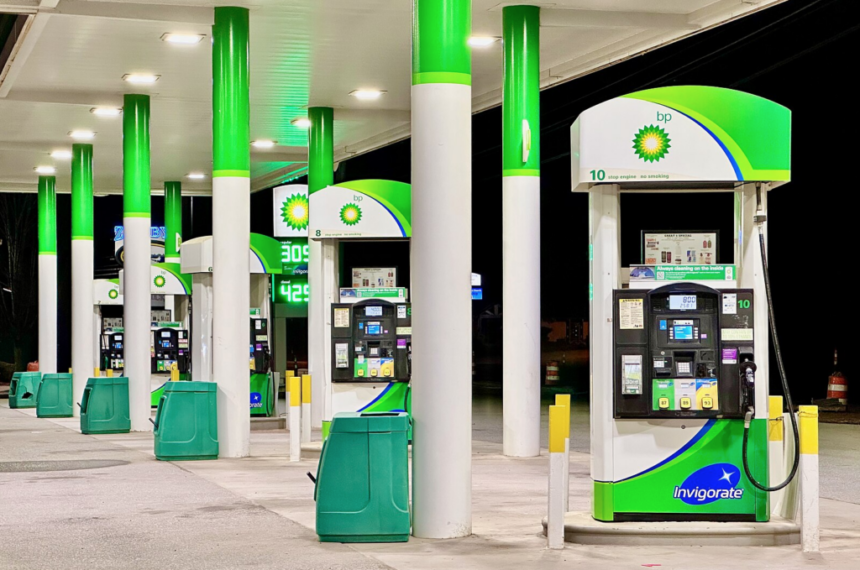When you look at experts interviewed on macroeconomics, they almost always suggest that a significant amount of the inflation of the last five years has been supply-side driven. This is false. There was nothing supply-side driven. For that matter, there was essentially nothing supply-side driven in the inflation of the last 50 years.
To be clear, I am referring to cumulative price increases over 5 or 50 years. It is true that some of the inflation in 1979 was supply-side driven, and some of the inflation in 2008 and 2022 will be supply-side driven as well. There were years when negative supply shocks caused prices to rise, but just as many years when positive supply shocks caused prices to fall.
Many experts seem to implicitly think that there is some kind of “ratchet effect” where negative supply shocks raise prices and then inflation returns to the average rate. This is wrong: if negative supply shocks do not raise inflation above average, then positive supply shocks will lower inflation below average.
West Texas Crude Oil It is currently trading at just over $70 per barrel. The graph below shows real oil prices (deflated by CPI) over the past 80 years.

The inflation-adjusted price of oil is roughly the same as it was in the late 2010s and roughly the same as it was in the mid-1970s. This means that the nominal price of oil has risen at roughly the same rate as the overall CPI over the past 5 years, and indeed over the past 50 years. Oil does not explain long-term inflation at all.
(To be fair, real oil prices did rise temporarily and permanently in 1973 when OPEC moved the oil industry from a competitive market to a cartel. Since then, real prices have fluctuated around $70 a barrel.)
When oil prices rise faster than the CPI, it puts upward pressure on the CPI. Technically, the Fed can prevent this, but the Fed has a dual mandate and generally passes on increases in oil prices to higher consumer prices. When oil prices rise slower than the CPI, it puts downward pressure on the CPI. Oil prices have risen at roughly the same rate as the CPI over the last 5 years, and even the last 50 years, so oil shocks have not had a long-term effect on the cost of living. Not at all. The same can be said about food price shocks, supply chain shocks, and other kinds of supply shocks. They are not drivers of long-term inflation.
So why do so many experts claim that supply shocks played a major role in the extraordinary inflation of the past five years? They seem to have made the following error: They correctly observed that a negative supply shock pushed up consumer prices in 2022, but failed to note that positive supply shocks had an equally powerful downward effect on inflation in other periods in recent history. In other words, the supply shock part of the problem was actually temporary.
So why hasn’t overall inflation been temporary, as many expected? The answer is simple. All of the cumulative inflation since 2019 has been demand-side, and demand-side inflation is permanent. PCE inflation over the past five years has been about 8% in total above the Fed’s 2% target. NGDP growth has been about 10% in total above 4% per year. This is all that matters, and supply shocks have absolutely nothing to do with this. Rather, there have been enough positive supply shocks (mainly immigration) to keep inflation at 2% below the level expected from the extreme demand stimulus that was provided. The Fed was actually lucky.







